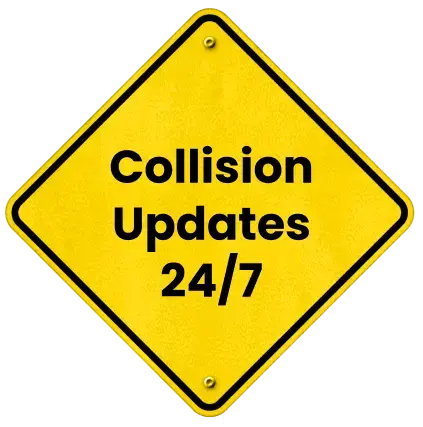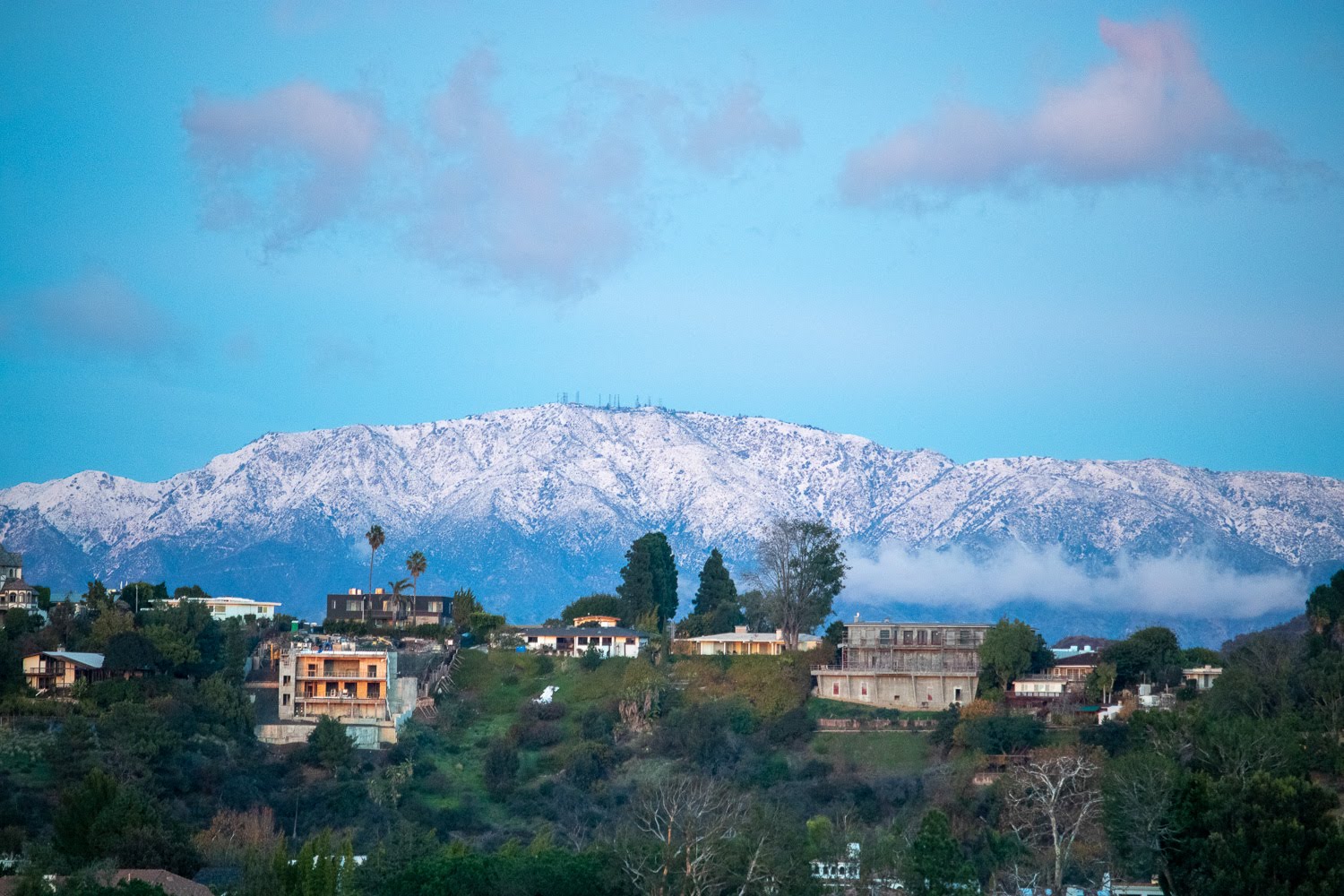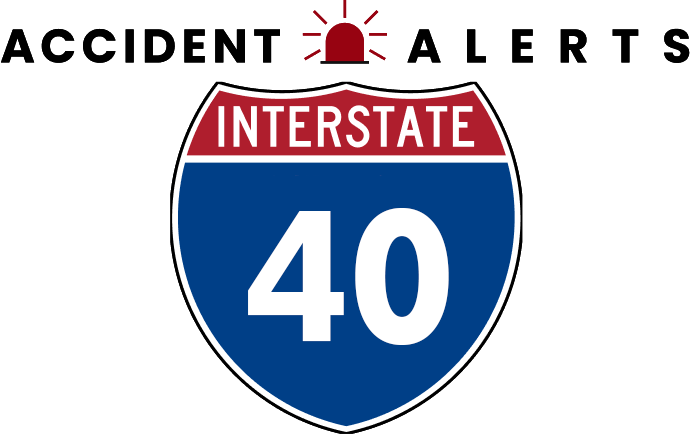
Weather Hazards on I-40: Snow in NM/AR, Tornadoes in OK/TN


Traveling along Interstate 40 exposes drivers to a wide range of weather conditions that can change rapidly, creating hazardous situations. From icy mountain passes in New Mexico and Arkansas to tornado-prone stretches in Oklahoma and Tennessee, extreme weather contributes significantly to crashes along this major east-west corridor.
Understanding how these conditions increase accident risk, how liability may be determined, and how to stay safe is essential for anyone traveling the highway.
Unique Weather Hazards Along I-40
Certain stretches of I-40 are particularly vulnerable to extreme weather. Northern New Mexico experiences snow and ice on high-elevation roads, including areas near Santa Rosa, Albuquerque, and the Sandia Mountains. Black ice, sudden snow squalls, and slippery inclines create conditions for spinouts and multi-vehicle collisions. Even experienced drivers can underestimate how quickly the weather can deteriorate at higher altitudes.
The Ozark Mountains in Arkansas are another challenging region. Steep curves, narrow lanes, and winter storms contribute to higher accident rates. Rain and ice can reduce traction, leading to collisions, particularly for commercial trucks and passenger vehicles traveling at highway speeds.
In Oklahoma and Tennessee, tornadoes, thunderstorms, and high winds present unique hazards. The central Oklahoma corridor, near Oklahoma City, frequently experiences tornado activity during the spring and summer months. Strong winds can push vehicles off course, while heavy rain can cause flash flooding and hydroplaning. Tennessee, particularly around Memphis and the Great Smoky Mountains, faces foggy mornings, sudden rainstorms, and strong crosswinds that increase the risk of tornado crashes on Interstate 40.
Other weather-related hazards along I-40 include:
- Fog and low visibility: Common in river valleys and mountain passes in Tennessee, Arkansas, and North Carolina, reducing reaction times.
- Ice accumulation: Icy patches on bridges, overpasses, and shaded roadways in New Mexico and Arkansas are common during winter.
- Flooding: Flash floods, particularly in low-lying regions of Oklahoma and Arkansas, can overwhelm drainage systems, creating hydroplaning risks.
These conditions not only increase accident likelihood but also influence liability. For example, if a driver loses control on black ice, liability may be affected by whether appropriate road treatment or warning signage was in place.
How Weather Contributes to Crashes
Weather dramatically affects both the frequency and severity of accidents along I-40. Snow, ice, and sleet reduce tire traction, making skidding, spinouts, and chain-reaction pileups more common. Tornadoes and high winds can push vehicles into other lanes or off the road entirely. Heavy rain and flash flooding reduce visibility and increase stopping distances, often causing rear-end collisions or multi-car crashes.
Commercial vehicles are particularly vulnerable. Trucks and semi-trailers require more distance to stop and are harder to control in ice or high winds. Even minor weather disturbances can lead to significant incidents when large vehicles are involved. Passenger vehicles are also at risk; hydroplaning or sudden maneuvers to avoid wildlife or debris can result in collisions.
Regional Considerations and Examples
Travelers along I-40 should recognize that risks vary by state and terrain. In New Mexico, sudden snowstorms on mountain passes can cause multi-vehicle pileups. In Oklahoma, drivers must remain alert during spring tornado season, when high winds can easily destabilize trucks and trailers. Arkansas’s Ozark region presents challenges with curves, rainfall, and fog, while Tennessee’s Smoky Mountains demand caution on steep grades with limited visibility.
Each region presents unique factors that affect accident likelihood, insurance claims, and liability. Drivers familiar with these patterns are better prepared to respond safely and protect themselves in the event of a crash.
Safety Tips for Driving in Hazardous I-40 Weather
Preparedness is key to reducing risk during extreme weather along I-40. Travelers should consider the following safety measures:
- Slow down: Reduce speed to maintain control and allow more reaction time.
- Increase following distance: Extra space between vehicles reduces the risk of rear-end collisions.
- Check road conditions: Review local traffic reports and weather alerts before and during travel.
- Use headlights: Visibility improves for both you and other drivers in snow, fog, or rain.
- Avoid unnecessary travel: Postpone trips if severe weather warnings are issued.
- Emergency kit: Carry blankets, water, a flashlight, and basic tools in case you are stranded.
For authoritative guidance on navigating hazardous conditions, travelers can review Federal Highway Administration safety recommendations for winter and extreme weather driving.
Responding After a Weather-Related I-40 Crash
After a snow accident on the I-40 or a tornado-related collision, safety is the first priority. Move vehicles to a safe location if possible, turn on hazard lights, and call emergency services. Check yourself, passengers, and others involved for injuries, and assist as needed without putting anyone at further risk.
Documenting the incident thoroughly supports insurance claims and legal action. Capture photographs of the crash, road conditions, and surrounding hazards. Collect contact information from witnesses and keep detailed notes about what occurred. Promptly notifying your insurance provider ensures coverage and helps establish a timeline for the accident.
Liability Considerations in Weather-Related Crashes
Liability in I-40 weather crashes is often complicated. While drivers are typically responsible for controlling their vehicles, other factors may contribute to fault:
- Municipalities may be partially liable if snow or ice removal is delayed or if warning signs are missing.
- Construction contractors or state agencies may share responsibility if work zones are inadequately marked during storms.
- Multi-vehicle crashes may involve comparative negligence, with fault divided among drivers based on actions and adherence to safety rules.
Documenting the scene immediately after a crash is critical. Take photos of vehicles, road conditions, and any relevant signage. Police reports noting visibility, weather conditions, and traffic can also provide key evidence for insurance or legal claims.
Consulting an experienced I-40 accident attorney can help victims navigate these complexities, ensuring claims for compensation, injuries, or property damage are handled properly.
Protecting Yourself on I-40
Extreme weather on I-40 can be unpredictable and severe, but preparation and caution significantly reduce risk. Staying informed, adjusting speed, maintaining distance, and following safety recommendations can prevent accidents.
Professional support is critical after a crash. An experienced I-40 accident attorney can help victims manage insurance claims, establish liability, and pursue fair compensation. Legal guidance ensures drivers and families have assistance with medical expenses, vehicle damage, and financial recovery, allowing them to focus on healing and safety.
Understanding the specific weather hazards of each region along I-40 and taking proactive precautions helps travelers safeguard themselves, their passengers, and other motorists. With awareness, preparation, and professional guidance when needed, individuals can reduce risk and navigate hazardous conditions more safely.
